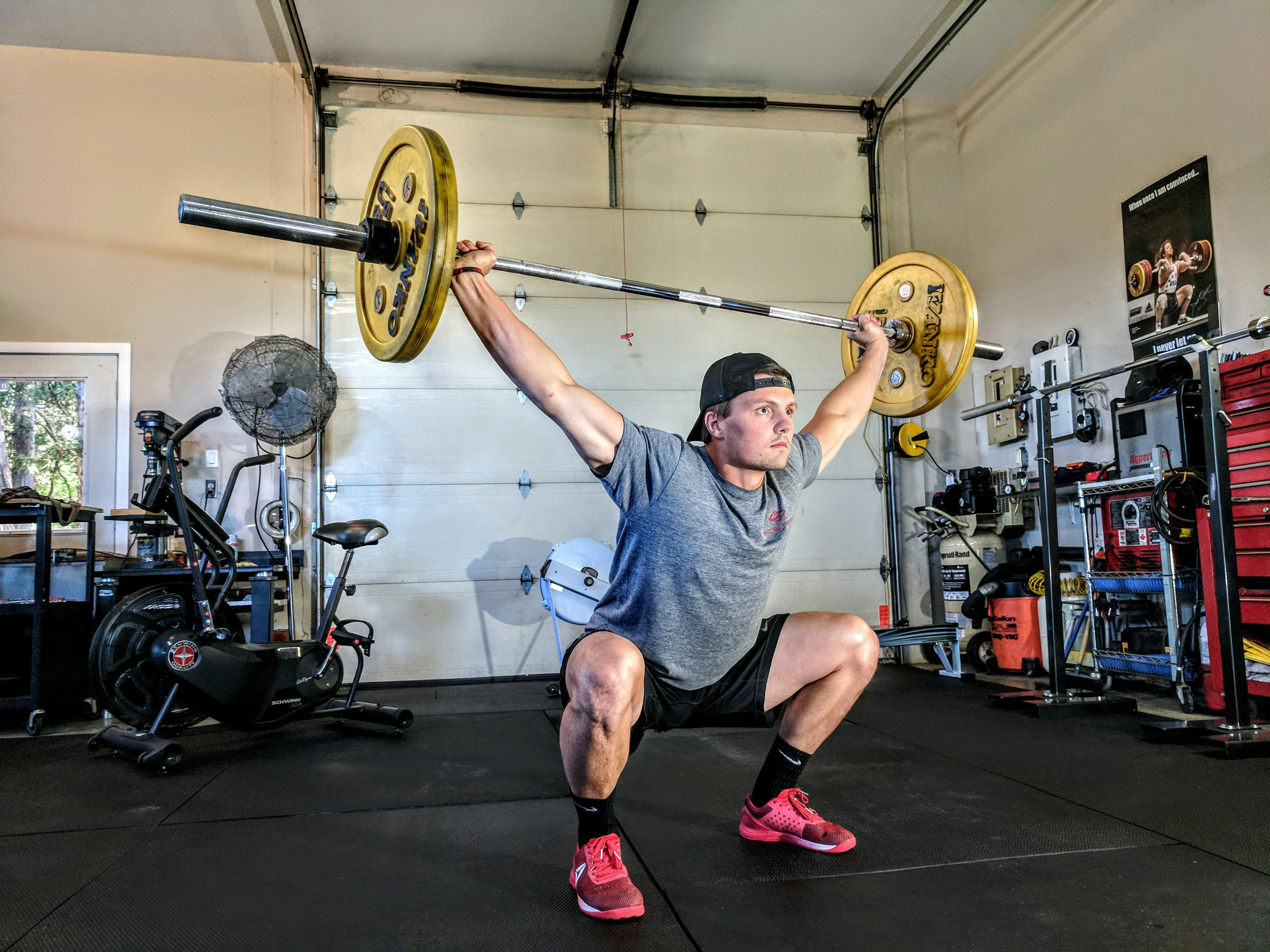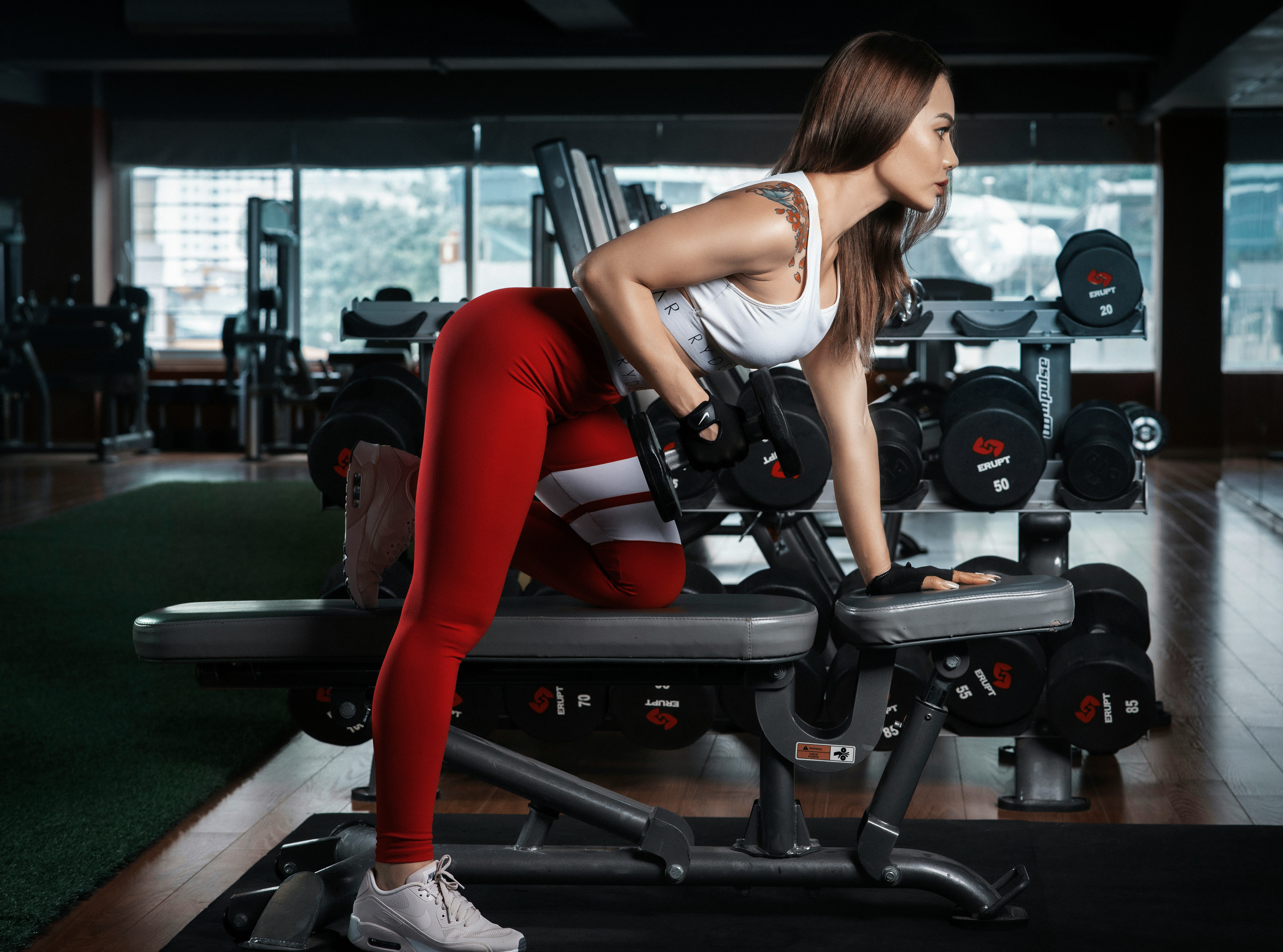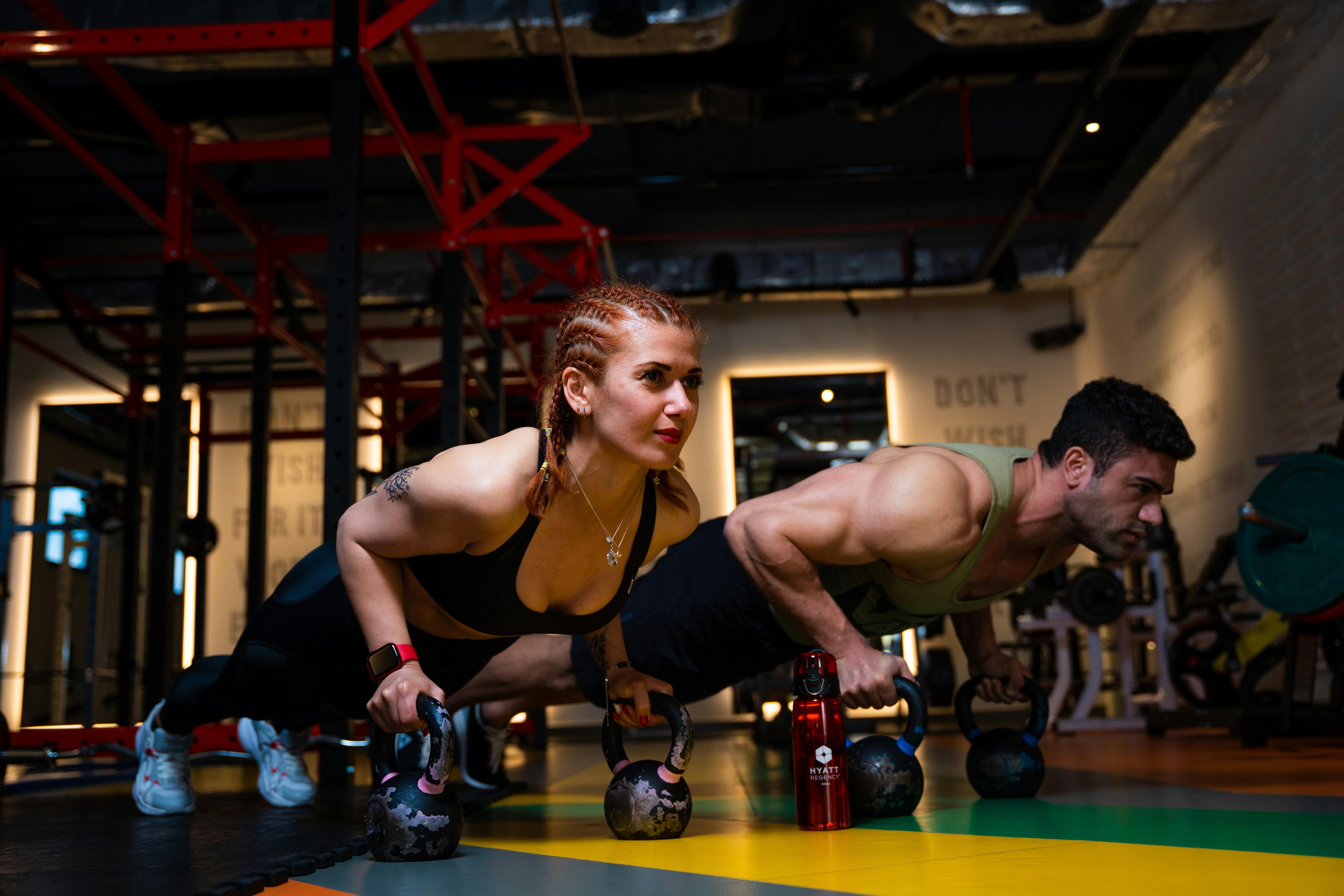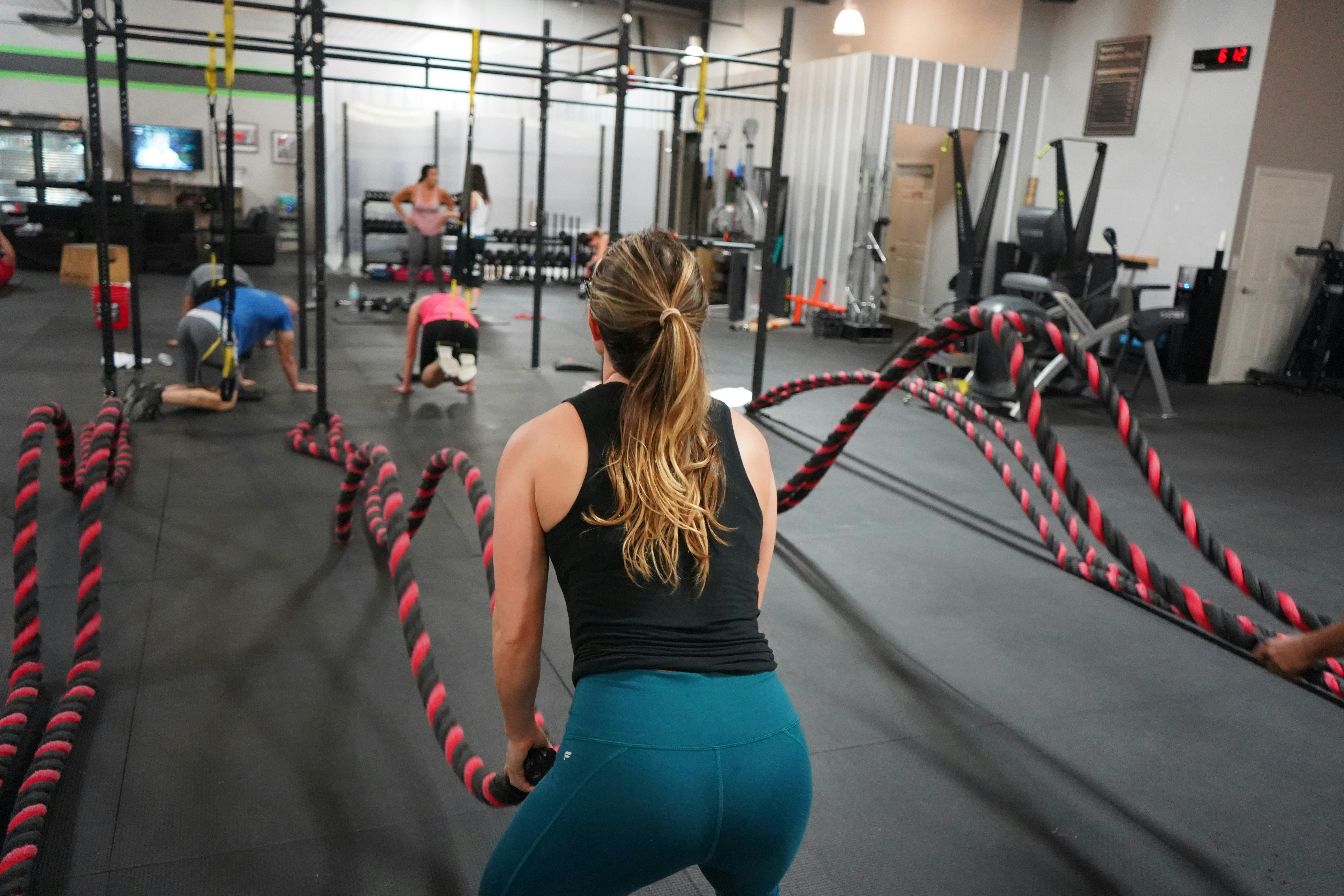How to Workout After 30: The Golden Fitness Strategies to Prevent Aging

How to Workout After 30: The Golden Fitness Strategies to Prevent Aging
"Age is merely the number of years the world has been enjoying you. The trick is to enjoy it while you’re here." – Unknown
Introduction
As we age, our bodies undergo significant changes. Starting in our 30s, the decline in muscle mass, flexibility, bone density, and metabolism becomes more noticeable. While aging is inevitable, it doesn't mean we have to accept physical decline as part of the process. In fact, adopting a smart and sustainable fitness routine in your 30s can slow down aging, prevent the loss of strength and mobility, and significantly improve your overall quality of life.
In this article, we’ll explore the best fitness strategies for individuals over 30, focusing on how to prevent the physical and metabolic decline that often comes with age. These strategies are designed to help you maintain strength, flexibility, cardiovascular health, and a youthful energy well into your later years.
1. Strength Training: Building and Preserving Muscle Mass
As we age, we naturally lose muscle mass, a process known as sarcopenia . After the age of 30, we can lose as much as 3-8% of muscle mass per decade if we don’t actively work to maintain it. This muscle loss not only affects strength but can also contribute to metabolic slowdown and higher fat gain.
1. Why Strength Training Is Essential After 30
Strength training helps counteract the loss of muscle mass by stimulating muscle fibers to grow and adapt. It also helps boost metabolism, improve bone density, and enhance overall functional fitness, which is critical for day-to-day activities and maintaining independence as we age.
How It Helps:
- Prevents muscle loss : Regular strength training prevents the natural decline in muscle mass associated with aging.
- Boosts metabolism : Muscle tissue burns more calories at rest than fat tissue, helping to manage weight and metabolism.
- Improves bone health : Weight-bearing exercises increase bone density, reducing the risk of osteoporosis.
2. The Best Strength Training Exercises After 30
To optimize muscle growth and retention, focus on compound exercises that target multiple muscle groups, such as:
- Squats (lower body and core)
- Deadlifts (posterior chain and core)
- Push-ups (upper body)
- Pull-ups (upper body)
- Rows (upper body and back)
- Lunges (legs and core)
These exercises engage multiple muscle groups and provide the most functional benefits for everyday activities.
2. Cardiovascular Exercise: Keeping Your Heart Healthy
Cardiovascular fitness is just as important after 30 as it was in your 20s. Regular cardio exercise improves heart health, enhances lung capacity, and aids in fat loss. However, as we age, it becomes even more important to choose the right types of cardio to avoid joint wear and tear while maintaining heart health.
1. The Importance of Cardiovascular Health After 30
As we age, we are at higher risk for heart disease, stroke, and other cardiovascular issues. Maintaining a healthy heart through regular cardio exercise can help manage blood pressure, cholesterol levels, and overall cardiovascular function.
How It Helps:
- Improves heart health : Regular cardio strengthens the heart, improves circulation, and reduces the risk of heart disease.
- Supports weight management : Cardiovascular exercise helps to burn calories and promote fat loss, which is crucial as metabolism slows down with age.
- Boosts endurance : Consistent cardio helps improve stamina and energy levels.
2. Low-Impact Cardio Options for Older Adults
While high-impact activities like running can be hard on the joints as you age, there are several low-impact options that provide excellent cardiovascular benefits without the added stress on the body:
- Cycling (stationary or outdoor)
- Swimming
- Walking or brisk walking
- Rowing
- Elliptical training
These activities are gentler on the joints, making them ideal for individuals over 30 looking to maintain cardiovascular health.
3. Flexibility and Mobility Training: Preventing Stiffness
As we age, joint stiffness and muscle tightness can become more common, leading to discomfort, poor posture, and an increased risk of injury. Flexibility and mobility training are essential components of any fitness routine, especially after 30, to maintain a good range of motion and prevent injuries.
1. Why Flexibility and Mobility Matter After 30
Regular stretching and mobility exercises help keep your muscles and joints flexible, which can counteract the effects of sedentary behavior and prolonged sitting, common in office work and daily life. This type of training also promotes better posture, reduces muscle tension, and enhances movement efficiency.
How It Helps:
- Increases range of motion : Stretching and mobility work improve joint flexibility, allowing for better movement in daily activities and workouts.
- Reduces injury risk : Proper mobility and flexibility help you move with more control and reduce the chances of strains or sprains.
- Improves posture : Regular flexibility training can help correct muscle imbalances caused by poor posture, especially for people who sit at desks for extended periods.
2. Best Mobility and Flexibility Exercises
Incorporate a combination of dynamic stretching and static stretching to maintain or increase your range of motion:
- Hip openers (e.g., lunges and pigeon pose)
- Hamstring stretches (e.g., standing or seated forward folds)
- Spinal twists (e.g., seated spinal twist or cat-cow stretches)
- Shoulder stretches (e.g., overhead triceps stretch or doorway chest stretch)
In addition to stretching, mobility drills like hip circles , ankle mobility , and thoracic spine rotation are excellent for keeping joints fluid and functional.
4. Recovery: Prioritizing Rest and Sleep
Recovery becomes even more important as you age, especially after intense workouts. Poor recovery can lead to burnout, overtraining, and increased injury risk. Prioritizing rest, sleep, and recovery strategies is crucial to long-term success and injury prevention.
1. Why Recovery Is Key After 30
As we age, our bodies need more time to recover from exercise, as muscle repair and recovery take longer. Additionally, inadequate recovery can lead to chronic fatigue , decreased performance, and even injuries. Ensuring sufficient rest and sleep will help replenish energy stores and rebuild muscle tissue after intense workouts.
How It Helps:
- Reduces injury risk : Proper recovery helps repair muscles, tendons, and ligaments, making them more resilient.
- Supports muscle growth : Muscle repair occurs during rest, so adequate sleep and recovery are crucial for building strength and size.
- Improves performance : Recovery days help improve overall workout performance by preventing burnout and overtraining.
2. How to Enhance Recovery
- Get adequate sleep : Aim for 7-9 hours of quality sleep to promote muscle recovery and energy restoration.
- Use active recovery : Engage in light activities such as walking, yoga, or gentle stretching on rest days to keep the body moving without overexerting it.
- Utilize foam rolling : Foam rolling can help reduce muscle tightness, improve blood flow, and decrease soreness after workouts.
5. Nutrition: Fueling Your Body for Longevity
Nutrition plays a key role in how your body responds to exercise, especially as you get older. After 30, it's important to focus on nutrient-dense foods that support muscle growth, fat loss, and overall health.
1. Why Nutrition Matters After 30
A healthy diet is essential for maintaining muscle mass, supporting recovery, and keeping your energy levels high. As metabolism slows with age, it's important to consume the right amount of protein, healthy fats, and complex carbohydrates to fuel workouts and recovery.
How It Helps:
- Supports muscle maintenance : Adequate protein intake is essential to maintain muscle mass, especially as sarcopenia sets in.
- Promotes fat loss : A balanced diet helps prevent the accumulation of excess fat as metabolism slows down.
- Enhances energy levels : Proper nutrition provides the energy needed to perform workouts and stay active throughout the day.
2. Key Nutrients to Focus On
- Protein : Essential for muscle repair and growth. Include lean sources like chicken, turkey, tofu, fish, and legumes.
- Healthy fats : Omega-3 fatty acids found in fish, nuts, and seeds support brain and heart health.
- Complex carbs : Whole grains, vegetables, and fruits provide the necessary energy for workouts and recovery.
Conclusion
Fitness after 30 doesn't have to be complicated, but it requires a more strategic approach. By focusing on strength training, cardiovascular health, flexibility, mobility, recovery, and nutrition, you can prevent age-related decline and maintain a youthful, healthy body well into your later years. Prioritize these golden fitness strategies to age gracefully and feel strong, healthy, and energized for years to come.
"The best way to predict your future is to create it." – Abraham Lincoln
References
- Evans, W. J., & Phillips, S. M. (2011). Sarcopenia and Aging: What We Need to Know . The Journal of Clinical Nutrition.
- American College of Sports Medicine. (2017). ACSM's Guidelines for Exercise Testing and Prescription . Wolters Kluwer.
- Bouchard, C., & Blair, S. N. (2019). Physical Activity and Health: A Scientific Review . Human Kinetics.




